Turtles and tortoises
Turtles first appeared on Earth about 255 million years ago
Turtles have been around for over 200 million years, making them one of the oldest creatures on the planet. With their distinctive shells and slow, steady approach to life, these fascinating reptiles have captured the hearts of people all over the world. But there’s more to turtles than meets the eye. In this article, we’ll dive into the world of these animals and discover their secrets, from their incredible lifespans to their remarkable abilities in the water. From the majestic sea turtles that roam the ocean waves to the tiny, endangered species found in the rainforests, turtles are truly amazing creatures that deserve our protection and admiration.
Turtles are one of the most long-lived creatures in the world – some species may live for over 200 years. The Testudines order is divided into 2 subgroups, 14 families and involves 356 species and 124 subspecies.
Classification
- Kingdom: Animalia
- Phylum: Chordata
- Class: Reptilia
- Clade: Pantestudines
- Clade: Testudinata
- Clade: Perichelydia
- Order: Testudines
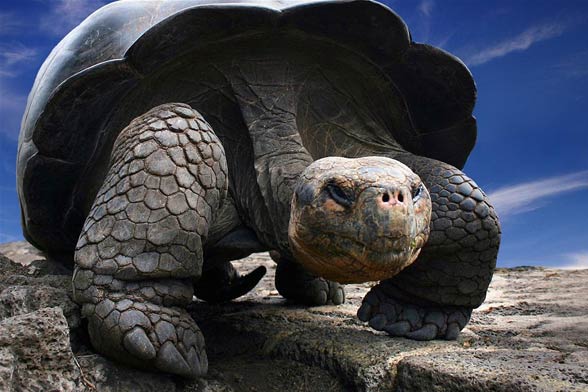
Turtles or tortoises?
The term turtle may be understood differently in different parts of the world. For example, in North America the word turtle is a common expression for both aquatic and terrestrial Testudines reptiles. However, in British English turtle refers only to the sea-dwelling species, as opposed to tortoises, which is typically a term for terrestrial species, that are not bound to water in terms of their habitats. Technically speaking, tortoises belong to the Testudinidae family, one of 14 extant families in their order.
To make matters even more complicated, there is also the term terrapin – in general usage it refers to small turtles that live in fresh or brackish waters, yet they do not form a separate taxonomic unit.
Areas of occurrence
Turtles live on almost every continent, apart from the Antarctic, mostly in warm seas and oceans. A vast majority of turtle species is herbivorous.
Characteristics
These reptiles are famous for their longevity, slow manner of movement and a carapace which is built of horny skin tissue. It may have various shapes depending on the species, however it always serves the same purpose – it protects the vulnerable turtle body from external attacks. While in danger, turtles hide their legs and head inside the shell almost completely, which is often a sufficient reason for the opponent to let go. The turtles, thanks to their carapaces, are believed to be best shelled and best protected creatures among modern animals. Moreover they have massively built legs equipped with clawed toes.
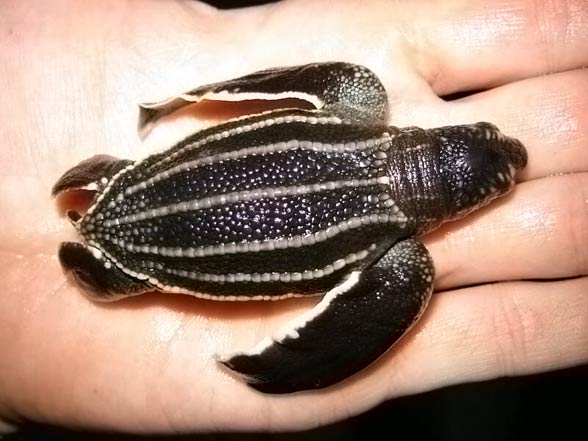
Anatomy and physiology
Turtles are a type of reptile that belongs to the order Testudines. They are characterized by their hard, protective shell that is made up of a series of bony plates. The shape and size of the shell can vary depending on the species, but it serves as a vital part of the turtle’s anatomy, providing protection from predators and allowing the turtle to carry out various important functions such as breathing and mating.
Turtles also have a number of other unique anatomical features, such as their powerful legs, which they use to move across land and in water. They have webbed feet that are well-suited to swimming, and they are able to move through the water with ease. Turtles also have strong, sharp claws that they use to dig in the ground and climb trees.
Turtles have a number of other important physical features that help them survive and thrive in their environment. For example, they have a highly-efficient respiratory system that allows them to breathe both in water and on land. They also have a unique approach to digestion, in which their food is processed in a multi-stage process that allows them to extract the maximum amount of nutrients from their diet.
In terms of physiology, turtles have a number of adaptations that allow them to survive in a variety of different environments. For example, many species are able to hibernate, which allows them to survive in cold or unfavorable conditions by slowing down their metabolism and becoming dormant. Other species are able to regulate their body temperature, allowing them to survive in extreme heat or cold.
Turtles are a unique group of animals with a number of adaptations that have allowed them to survive and thrive for millions of years. Their anatomy and physiology are well-suited to their lifestyle and habits, and they continue to captivate and inspire people all over the world.
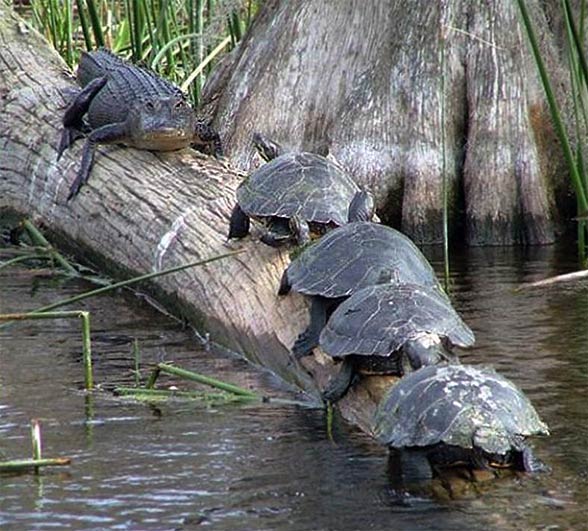
Turtle shell
Turtle’s shell, also known as the carapace, is a hard, protective structure that covers the turtle’s body. It is made up of a series of bony plates that are fused together, and it serves as a vital part of the turtle’s anatomy, providing protection from predators and allowing the turtle to carry out various important functions such as breathing and mating.
The shape and size of the turtle’s shell can vary depending on the species. The shell is usually a dark color, such as green or brown, and it can have a variety of patterns or markings on it.
The turtle’s shell is also covered in a layer of skin, which helps to protect it from the elements and allow it to regulate its body temperature. Some species of turtles have a more leathery skin on their shells, while others have a more scaly appearance.
In addition to providing protection, the turtle’s shell also plays a role in the turtle’s reproduction. In some species, the male turtle will use his shell to help him hold onto the female during mating. And in some cases, the female turtle will use her shell to dig a hole in the ground to lay her eggs in.
Overall, the turtle’s shell is an incredibly important part of the turtle’s anatomy, providing protection, support, and a variety of other functions that are crucial to the turtle’s survival and success.
Galapagos tortoise
Probably the most famous tortoise species is the Galapagos giant tortoise. As recently as 200 years ago the waters surrounding these beautiful islands were densely populated by these famous giants. Today – as a result of human activity – it is an endangered species.
The largest turtles ever to live on Earth
As for today, the largest found turtle remains belong to the Late Cretaceous Archelon sea turtle from North America, which has a skeleton about 4.5 meters (14.8 ft) long. The forelimbs’ spread was about 5.25 meters (17ft 3in) wide, with body weight estimated to be over 2.2 tons (4,850 lb). A Pliocene freshwater Stupendemys turtle belonging to the Pelomedusidae family is only slightly smaller. Its remains were unearthed in Venezuela. It inhabited the South American rivers 3 million years ago and could measure up to 3 meters (9ft 10in) and weigh around 2 tons (4,400 lb).
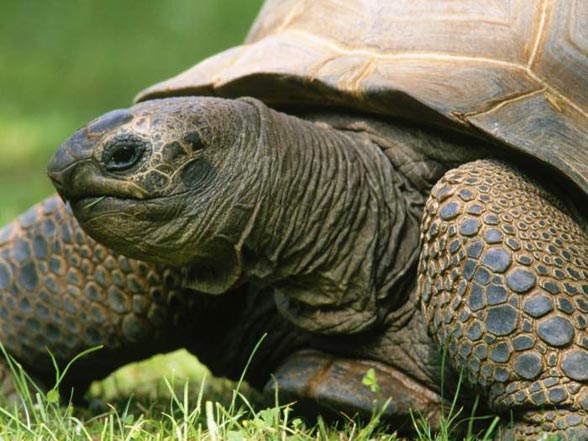
Turtles – interesting facts
- Turtles are the only vertebrates in the world with an external skeleton.
- Turtles are cold-blooded.
- According to reliable data the Galapagos giant tortoises and Aldabra giant tortoises may live for 200+ years.
- The largest species is the nearly extinct leatherback sea turtle. It may reach even 2 meters (6ft 7in) of length and weigh over 1 ton (2,200 lb).
- The rapidity of turtle actions depends on the ambient temperature: heat makes them lazy, while they move quite fast in the cold.
- Water turtle species have transformed their legs into flat paddles.
- Tortoises move on land with a maximum velocity of 3 km/h (1.9 mph).
- Turtles do not have teeth, yet they have a sharp horny lath at the edge of their jaws.
- May 23rd is the World Turtle Day.
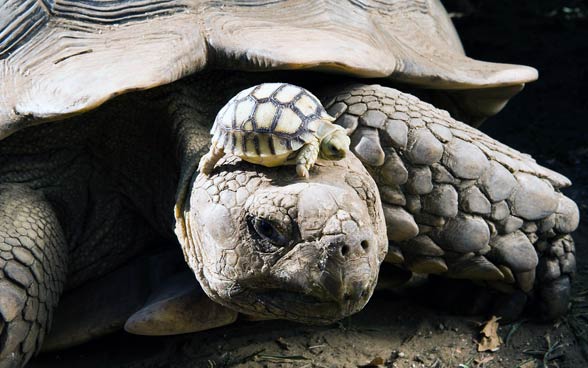
Q&A (questions and answers) about turtles and tortoises
Q: What is the difference between a turtle and a tortoise?
A: Both turtles and tortoises are types of reptiles that belong to the order Testudines. The main difference between the two is their size and the shape of their shells. Turtles are generally smaller than tortoises and have more flexible, streamlined shells. Tortoises are larger and have more heavily-built, dome-shaped shells.
Q: What are the different types of turtles and tortoises?
A: There are over 300 species of turtles and tortoises found throughout the world, including both freshwater and marine species. Some examples of the different types of turtles and tortoises include:
- Sea turtles: These are the only species of turtles that live in the ocean. They are found in warm and tropical waters and are known for their long migrations and nesting habits.
- Freshwater turtles: These turtles are found in lakes, rivers, and other freshwater habitats. They are adapted to life in the water and have webbed feet and streamlined bodies.
- Land tortoises: These tortoises are found on land and are adapted to life in dry, hot climates. They have sturdy, heavily-built shells and powerful legs that help them move across the ground.
- Aquatic tortoises: These tortoises are adapted to life in water and can be found in ponds, lakes, and other aquatic habitats.
Q: What are the unique characteristics of turtles and tortoises?
A: Turtles and tortoises have a number of unique characteristics that set them apart from other reptiles. Some of these characteristics include:
- Shell: Both turtles and tortoises have a hard, protective shell on their back that is made up of a series of plates. The shape and size of the shell can vary depending on the species.
- Scales: Turtles and tortoises also have scales on their bodies, which are smaller and more tightly packed than the scales found on other reptiles.
- Nostrils: Turtles and tortoises have two pairs of nostrils, which allow them to breathe in both air and water.
- Longevity: Turtles and tortoises are known for their long lifespans, with some species living for over 100 years in the wild.
- Swimming ability: Many species of turtles are excellent swimmers and are able to navigate through the water with ease.
- Hibernation: Some species of turtles and tortoises are able to hibernate, which allows them to survive in cold or unfavorable conditions by slowing down their metabolism and becoming dormant.
Q: What are the threats facing turtles and tortoises in the wild?
A: Turtles and tortoises face a number of threats in the wild, including:
- Habitat loss: Many turtle and tortoise species rely on specific habitats, such as forests, grasslands, or wetlands, and these habitats are being destroyed or degraded by human activities such as logging, agriculture, and urbanization.
- Hunting and poaching: Turtles and tortoises are hunted for their meat, eggs, and shells, which is illegal in many countries but still occurs in some areas.
- Climate change: Rising temperatures and changing precipitation patterns due to climate change are impacting the survival and reproduction of many turtle and tortoise species.
- Invasive species: Invasive species, such as predators or competitors, can have a negative impact on turtle and tortoise populations by outcompeting them for resources or preying on them.
Q: How can we help protect turtles and tortoises in the wild?
A: There are a number of ways that we can help protect turtles and tortoises in the wild, including:
- Supporting conservation efforts: Supporting organizations and initiatives that are working to protect turtle and tortoise habitats and populations is a crucial step in ensuring their survival.
- Avoiding purchasing products made from endangered species: Avoid purchasing products made from endangered species, such as tortoiseshell jewelry or turtle meat, as this can contribute to the demand for these products and drive further declines in turtle and tortoise populations.
- Reducing waste: Reducing waste and using sustainable products can help reduce the impact of human activities on turtle and tortoise habitats.
- Participating in conservation efforts: Participating in conservation efforts, such as volunteering with organizations that protect turtles and tortoises, can be a great way to make a difference and help ensure their survival.
- Educating others: Educating others about the importance of protecting turtles and tortoises and the threats they face can help raise awareness and encourage more people to take action.
A tortoise in a film frame
A short footage presenting one of the most rare turtle species in the world – Burmese star tortoise (Geochelone platynota) below:

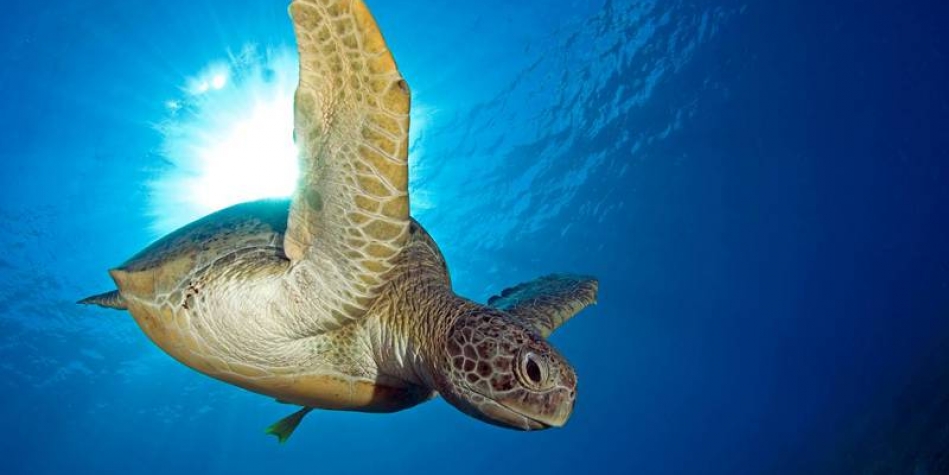







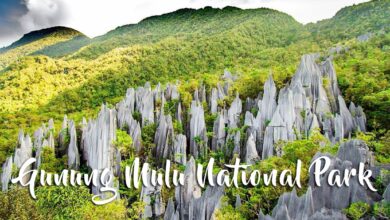

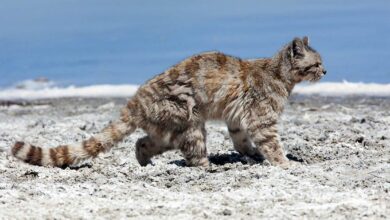
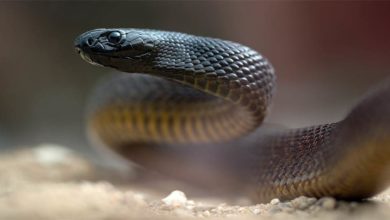
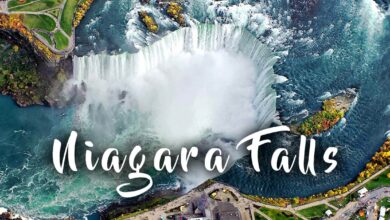

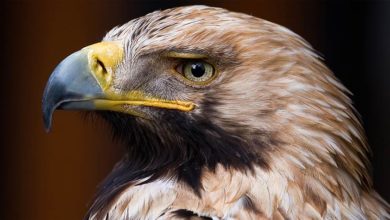
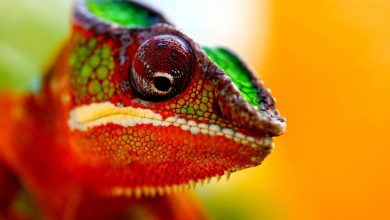


…are you sure you don’t mean that cold makes them “lazy” while heat makes them active?
It is exactly as we wrote 🙂 The speed of turtles depends on the temperature of the environment: the heat makes them lazy, but they move briskly in the cold.